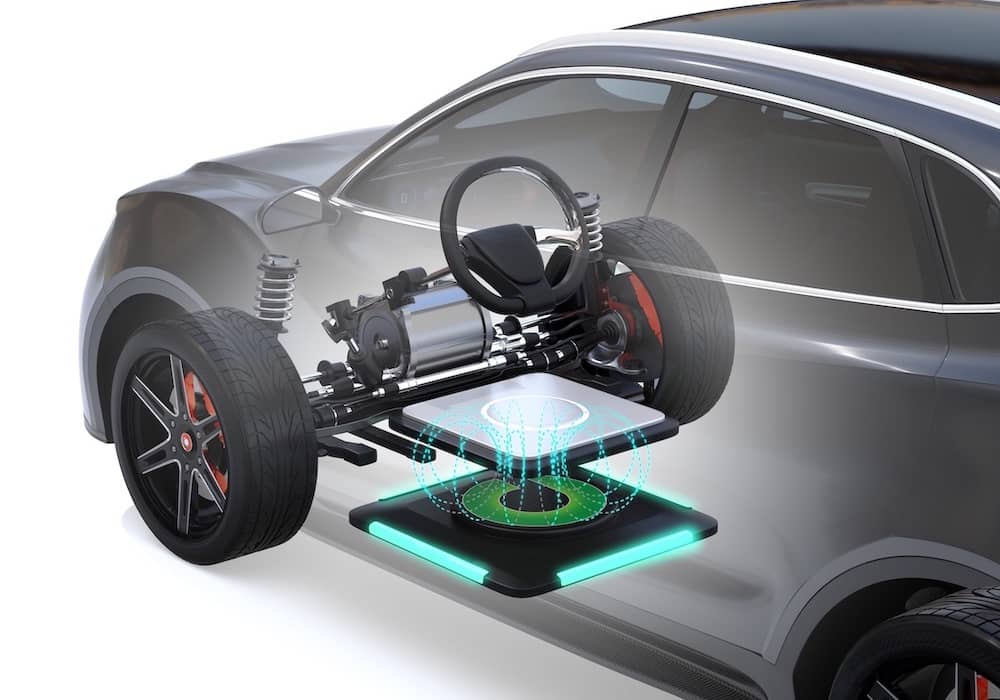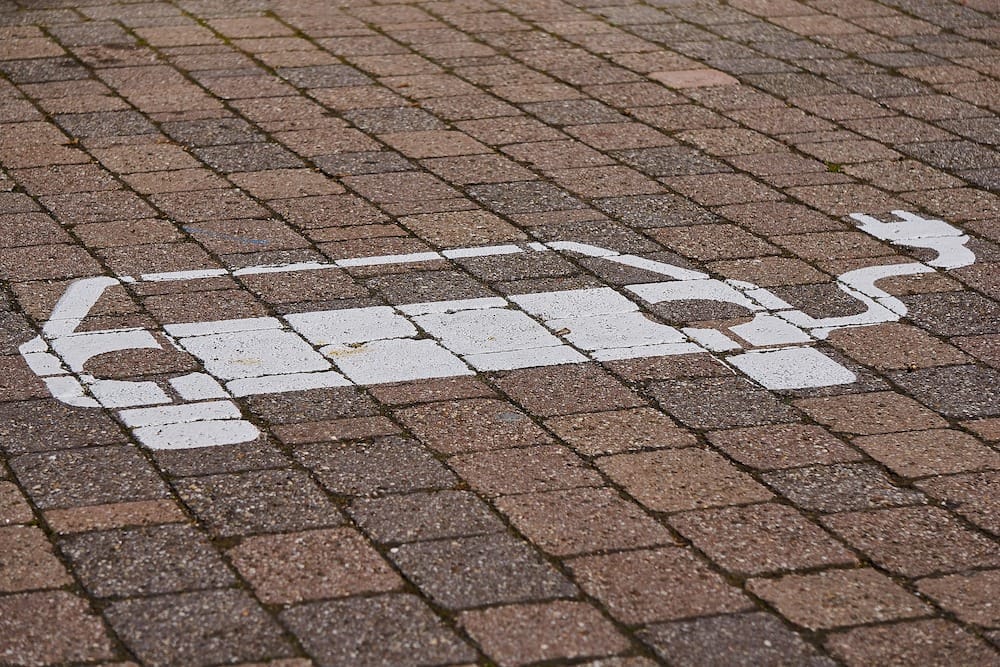Wireless EV charging, also known as inductive charging, uses electromagnetic fields to transfer energy wirelessly from a charging pad on the ground to a receiver on the underside of an electric vehicle. The charging pad is connected to a power source and generates a magnetic field that induces an electric current in the receiver coil, which is then converted to DC power to charge the vehicle’s battery. This process is similar to how an electric toothbrush or phone can be charged wirelessly.
One of the main benefits is convenience. Drivers can simply park their electric vehicle over a charging pad without the need to plug in a charging cable, saving time and effort. Additionally, wireless charging can help reduce the risk of tripping hazards and damage to charging cables.
Another advantage is that it can be integrated into existing infrastructure, such as parking lots or street parking spaces, without the need for additional infrastructure like charging stations. This can help increase the adoption of electric vehicles by making charging more accessible.
Currently, wireless EV charging is being used in some parts of Europe and Asia, with companies like WiTricity, Momentum Dynamics, and Qualcomm leading the way in developing and deploying the technology. In the U.S., it is still in the early stages of adoption, but major automakers and charging companies like BMW, Ford, and Plugless Power are investing in the technology and working to bring it to market.
As of the end of 2022, some of the major players in this industry include WiTricity, Momentum Dynamics, Qualcomm, Plugless Power, and HEVO Inc. These companies are developing wireless charging systems for both personal and commercial electric vehicles, with a focus on improving convenience and accessibility for EV drivers.
Wireless EV charging harnesses electromagnetic induction to transmit current without cords. Your phone charges similarly.

A magnetic coil inside the charger sends current to a magnetic coil on the car’s underside. When the two pads align, charging starts.
Wireless charging is as fast and efficient as plug charging. WiTricity’s system achieves 90-93% efficiency.
It delivers up to 20kW of power, similar to Level 2 charging, with no current technological limitations.
Qualcomm launched the Halo system in 2012, but recent growth in EV sales has increased interest in wireless charging.
The U.S. market lags behind Europe and Asia due to low EV sales.
Currently, only one EV sold in America has wireless charging as an option – the BMW 530e.
Wireless charging provider WiTricity is developing licensing agreements that have drawn General Motor’s interest.
81% of U.S. EV owners are very to extremely interested in EVs equipped for wireless charging.
ptions include static EV charging and dynamic EV charging.
1. Static EV charging is similar to what EV owners do currently
2. Dynamic EV charging takes place on the open road.
Static wireless EV charging involves the EV being parked over the installed wireless charging coil in a designated space.
The wireless-equipped EV does not move while charging, eliminating the need for plugging in.
Dynamic allows owners to charge their EVs continuously while driving on the road.

(Image Source: Pixabay.com)
Induction charging will be built into the roadways, allowing EVs to charge smoothly at speeds up to 65 mph.
Stellantis is developing a solution to build wireless charging into certain roadways.
Michigan is partnering with Electreon to create the first wireless EV charging road in the U.S., a one-mile stretch in Detroit.
It offers advantages over traditional charging cables, especially for commercial vehicles.
The Wonders of No Wires
The primary benefit is having no wires, eliminating the need to carry heavy cables or plug in at charging stations.
This alleviates range anxiety for EV owners, making charging more convenient.
Reduced Accident Risk with Wireless Charging
It reduces the risk of accidents that can occur from damaged charging cables, especially in extreme weather.
Replacing damaged cables can be expensive, making wireless charging a safer and more cost-effective solution.
The Convenience of Wireless Charging
Wireless charging is more convenient, even in the static charging form, and will be even more so when dynamic charging becomes available.
Time-Saving Benefits of Wireless Charging
Wireless charging saves time by eliminating the need to exit the vehicle to plug in, though it’s not faster than regular charging.
Dynamic charging, once available, could save even more time and make wireless charging an even more efficient option.
Plugless Power is the leading supplier of wireless charging solutions, offering a third-generation wireless charger for around $3,500, plus installation.
As the market expands, costs may change, but there are no projections available.
Several companies are major players in this industry, including:
Are you interested in learning more about EV charging infrastructure?
[INSERT_ELEMENTOR id=”4162″]